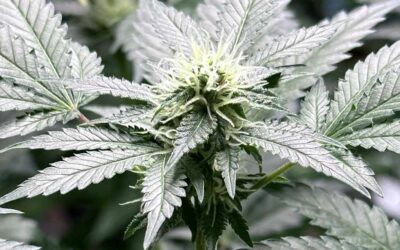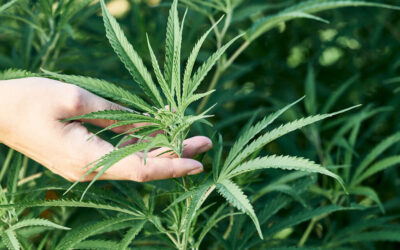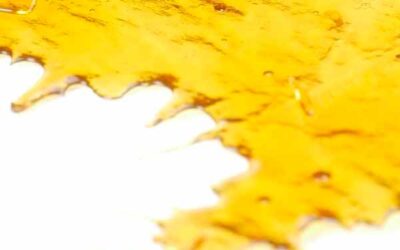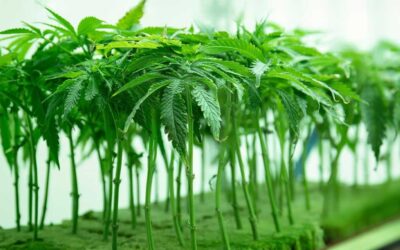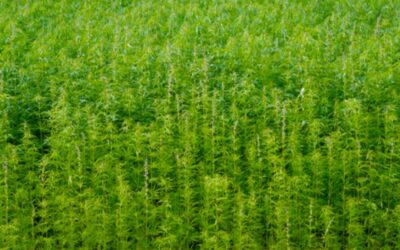
Cannabis Trichomes
When it comes to the fascinating world of cannabis, there is much more than meets the eye. Deep within the plant’s surface lies an intricate network of tiny structures called trichomes. These resinous glands play a pivotal role in the plant’s development, effects, and therapeutic potential. In this blog post, we will dive into the captivating realm of trichomes, unraveling their mysteries and uncovering their significance in the world of cannabis.
What are Trichomes?
Trichomes are hair-like structures that adorn the surface of the cannabis plant. These microscopic glands contain a wealth of essential compounds, including cannabinoids and terpenes, which give cannabis its distinct characteristics. Trichomes can be found on various parts of the plant, such as the flowers, leaves, and stems, with varying concentrations and sizes.

Bulbous Trichomes:
Bulbous trichomes are the smallest and most abundant type. They appear as tiny, spherical glands and are primarily found on the surface of leaves. While they contain lower concentrations of cannabinoids and terpenes, they still contribute to the overall chemical composition of the plant.
Capitate Sessile Trichomes:
Capitate sessile trichomes are slightly larger and have a short stalk with a glandular head. They are predominantly located on the surface of flowers and leaves. These trichomes possess higher concentrations of cannabinoids and terpenes, adding to the potency and flavour profile of the plant.
Capitate-Stalked Trichomes:
The largest and most coveted trichomes are the capitate-stalked trichomes. These majestic structures feature a long stalk and a bulbous head that houses an abundance of cannabinoids and terpenes. They are primarily found on the flowers, where they contribute significantly to the potency and therapeutic potential of cannabis.
Defence Mechanism:
Trichomes act as a natural defence mechanism for the cannabis plant. The sticky resin secreted by trichomes contains cannabinoids and terpenes that repel herbivores, insects, and pathogens. These compounds serve as a deterrent, protecting the plant from potential harm.
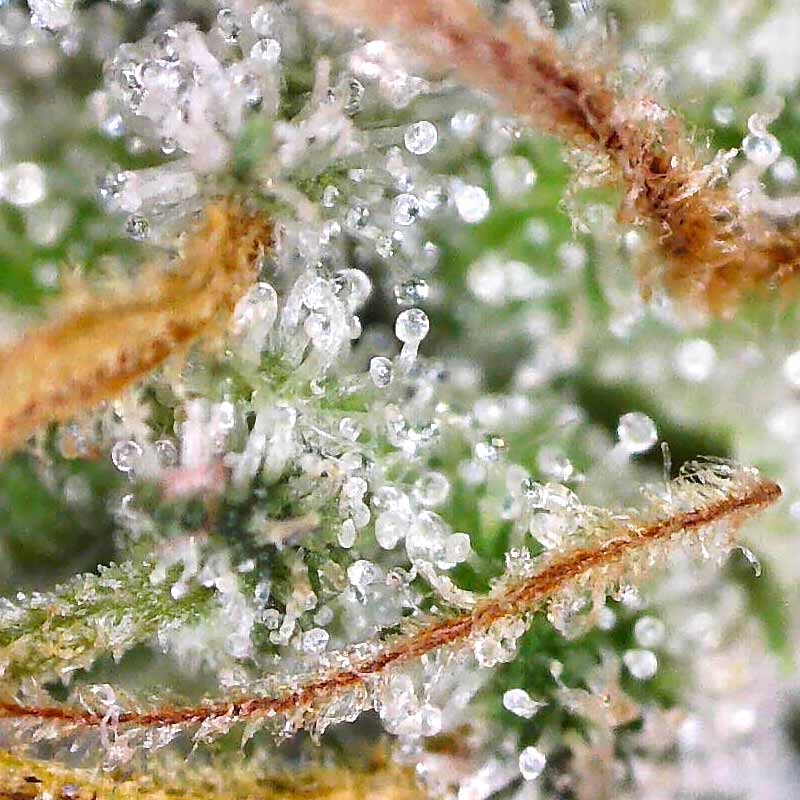
Environmental Protection:
Trichomes provide a shield against environmental stressors. They help reduce moisture loss, prevent excessive UV radiation damage, and regulate temperature fluctuations, ensuring the plant’s survival and well-being.
Harvesting Considerations:
For cannabis cultivators, understanding the stage of trichome development is crucial for optimal harvest. Trichomes change in appearance as they mature, transitioning from clear to milky or cloudy, and finally to amber. The desired effects and potency of the cannabis can vary depending on the stage at which it is harvested.

Collecting cannabis concentrates made from a rosin press
Extraction and Product Development:
Trichomes are highly prized for their potent cannabinoid and terpene content. They are extracted and utilized in various cannabis products, including concentrates, oils, tinctures, edibles, and topicals. Extraction methods such as solvent-based extraction, mechanical separation, and CO2 extraction are employed to isolate and preserve the valuable compounds found within trichomes.
Cannabis trichomes are nature’s hidden gems, intricately woven into the tapestry of the cannabis plant. These tiny structures, rich in cannabinoids and terpenes, contribute to the plant’s potency, flavour, and therapeutic potential. Understanding the significance of trichomes allows us to appreciate the complexity and possibilities that cannabis offers. Whether you’re a cannabis enthusiast, cultivator, or researcher, exploring the realm of trichomes opens doors to a deeper understanding of this remarkable plant.












